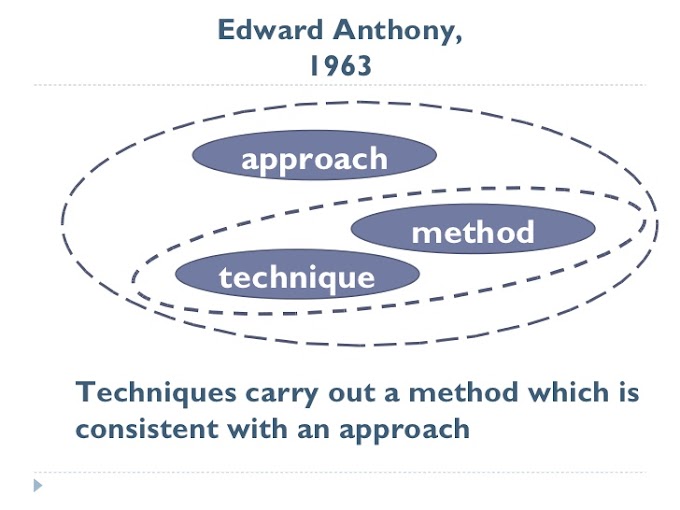Catharsis is a word of Greek origin. In the Greek language it has three meanings – Purgation, Purification, and Clarification. Aristotle’s concept of catharsis is the concept of the effect that tragedy produces on the readers and spectators . It pertains to any kind of emotional discharge which causes moral and spiritual renewal or welcome relief from tension and anxiety. Any audience comes to see a play developing make-belife actions that are harmful if they occur in real life. The audience after having participated emotionally in the dramatic action goes away psychologically cleansed purged-of bad feelings and sensations .
The Purgation Theory:
Jacob Bernays pointed out that Catharsis was a medical metaphor meaning “Purgation”. It denote a pathological effect on the soul analogous to the effect of medicine on the body. By some the process has been likened to homeopathic treatment in which a little substance of something cures the body of an excess of the same thing. It is a case of the “like curing the like.”
In the neo-classical Period, Catharsis was taken to be an allopathic treatment with “the unlike curing unlike” . Thus the arousing of pity and fear was supposed to bring about the purgation or evacuation of other emotions like anger and pride.
Purification Theory:
Humphrey House rejects the idea of “Purgation” in the medical sense of the term. He is the most forceful advocate of the “Purification” theory, which involves the idea of moral instruction and moral learning. It is a kind of “Moral Conditioning” which the spectator undergo. According to the “Purification” theory, catharsis implies that our emotions are purified of excess and defect , are reduced to intermediate level, trained and directed towards the right objects at the right time, and, in this way, we are made virtuous and good.
The Clarification Theory:
However, neither the “Purification” theory nor the “Purgation” theory explains the whole thing. The basic defect of these theories is that they are too much occupied with the psychology of the audience. For this reason clarification theory is advocated . Catharsis was in the action and the plot of the drama. The tragic poet selects a series of pitiable and fearful incidents. He presents them in such a way as to bring out the probable of necessary principles that unite them in a single action and determine there relation to this action as it proceeds from its beginning to its end. The incidents will be clarified in the sense that their relation in terms of universals will have become manifest and the act of learning will be enjoyable.
The clarification theory has many merits. In the first place it interprets the clause as a reference to the technique of the tragedy, and not to the psychology of the audience. Secondly , the theory is based on what Aristotle says in the “Poetics” itself. Thirdly, it related Catharsis both to the theory of imitation and to the discussion of probability and necessity. Fourthly, the theory is perfectly in accord with current aesthetic theories
To conclude Aristotle's conception of catharsis is mainly intellectual. Of the theories advocated to the explain Catharsis, the Clarification theory appears to be the most acceptable, perhaps, for it tends to relate Catharsis to the work rather than to the psychology of the audience.





0 Comments